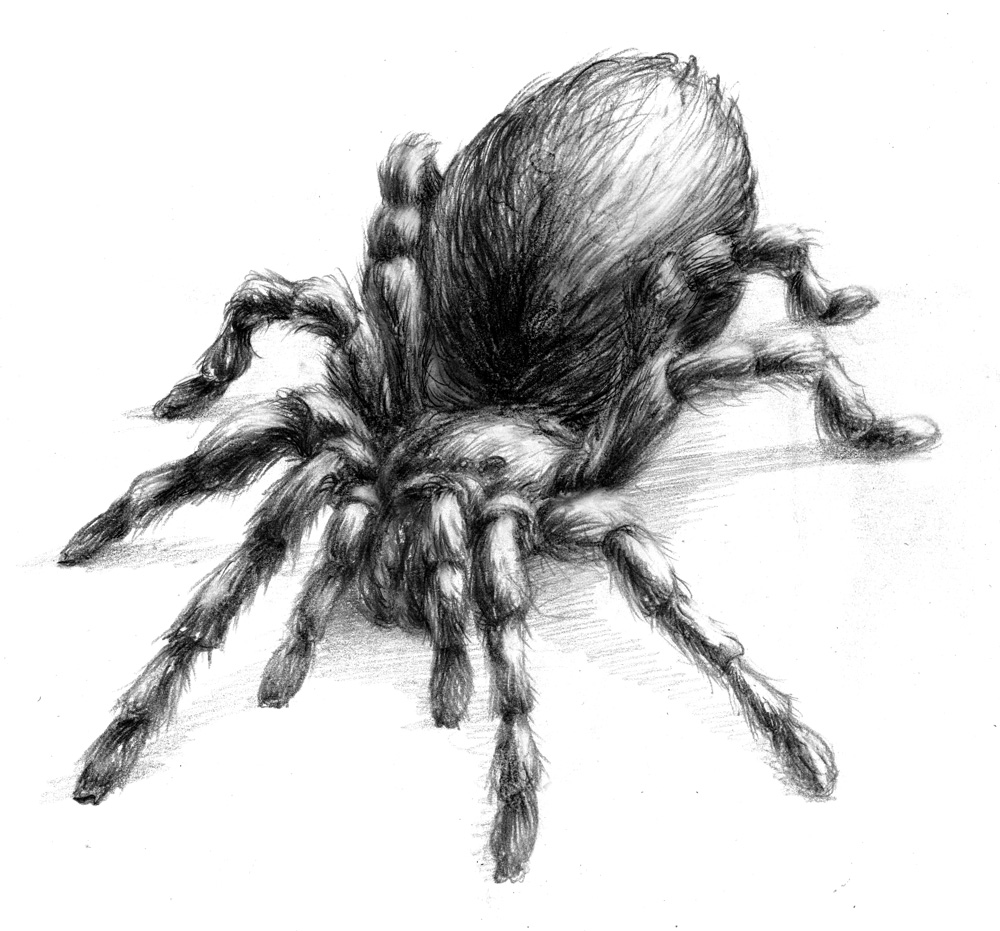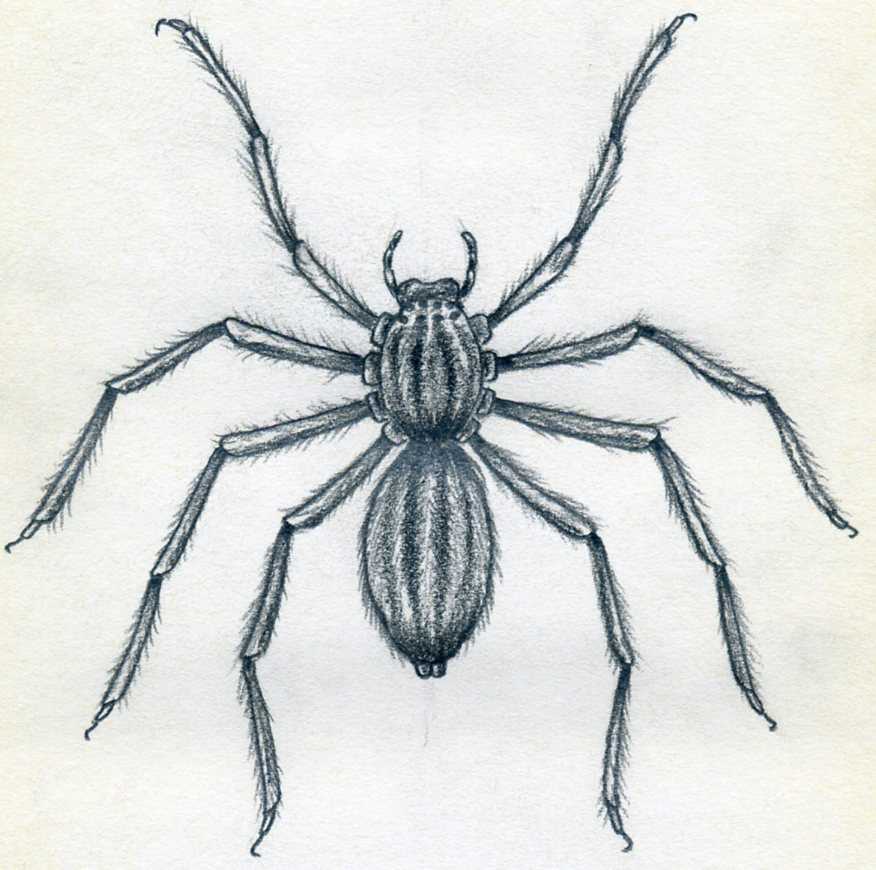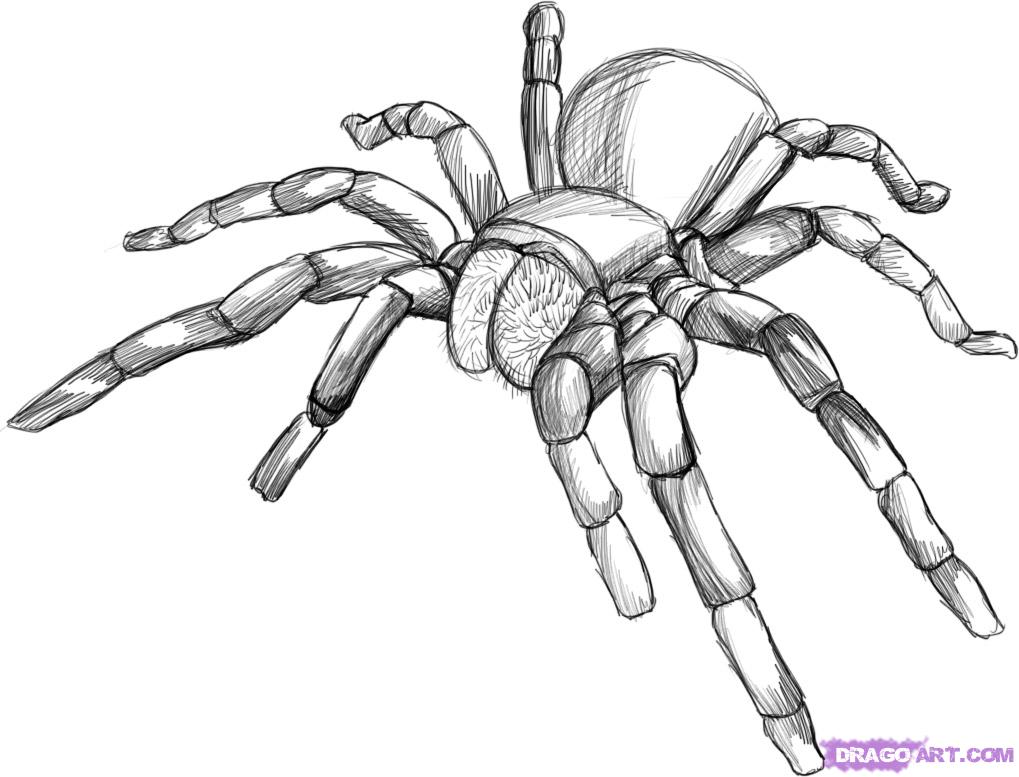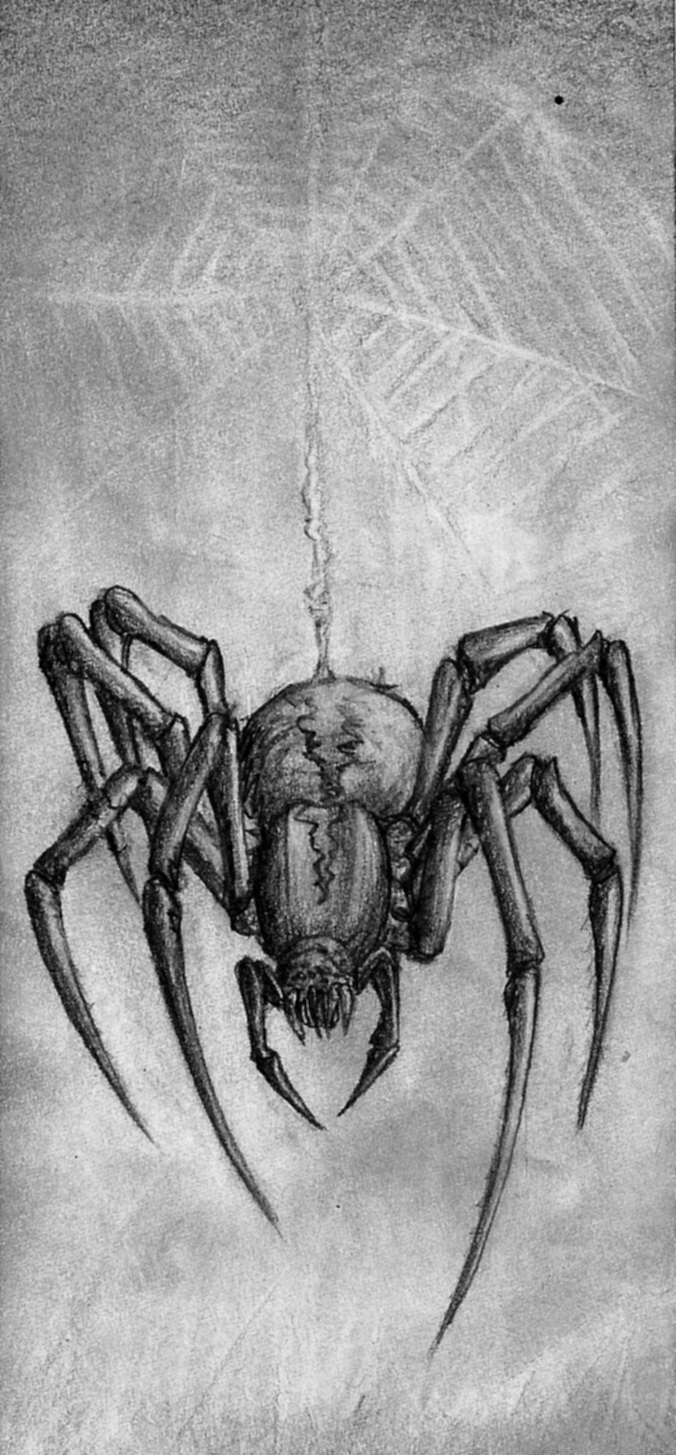
Introduction
A spider sketch is a drawing or illustration that depicts a spider. Spiders are fascinating creatures that belong to the arachnid family and are known for their distinctive eight legs and ability to produce silk. Spider sketches can vary in style and level of detail, but they often capture the unique characteristics of these arachnids.
The Art of Spider Sketching

Spider sketching can be a challenging yet rewarding art form. It requires careful observation and attention to detail to accurately capture the structure and anatomy of a spider. Artists use various techniques such as pencil, pen, or digital tools to create spider sketches. Some artists prefer to work from real-life specimens, while others rely on reference images or their imagination.
Understanding Spider Anatomy

Before attempting a spider sketch, it is essential to have a basic understanding of spider anatomy. Spiders have two main body regions, the cephalothorax (head and thorax combined) and the abdomen. Their eight legs are attached to the cephalothorax, along with their fangs, eyes, and sensory organs. The abdomen is where the spider's internal organs, silk glands, and spinnerets are located.
Choosing the Right Tools

When creating a spider sketch, it is important to choose the right tools based on personal preference and desired outcome. Pencil sketches offer a classic and versatile approach, allowing for easy shading and erasing. Pens provide a more defined and bold result, ideal for creating intricate details. Digital tools offer the advantage of easy editing and a wide range of effects.
Observation and Reference

Observation and reference are crucial when sketching spiders. Taking the time to study their unique body structures, leg placement, and patterns will help ensure an accurate representation. Reference images, books, or even observing live spiders can provide valuable insights into their appearance and behavior, aiding in the creation of a realistic spider sketch.
Starting with Basic Shapes

Begin your spider sketch by breaking down the overall shape into basic forms. The cephalothorax can be represented by an oval or rectangular shape, while the abdomen can be drawn as an oval or circle, depending on the spider species. These basic shapes serve as the foundation for adding the spider's legs and other fine details.
Adding Leg Proportions

Spider legs can vary in length and thickness, depending on the species. When sketching, it is essential to consider the proportions of the legs in relation to the body. Typically, spiders have four pairs of legs, each attached to the cephalothorax. Carefully observe the angles at which the legs are attached and the joints that allow for movement.
Detailing the Spider's Eyes and Fangs

The eyes and fangs are prominent features of a spider's face. Most spiders have eight eyes arranged in specific patterns. It is important to observe the arrangement and size of the eyes accurately. Fangs, used for injecting venom into their prey, are located near the front of the cephalothorax. Pay attention to their shape and positioning in your sketch.
Depicting the Spider's Web

Spider webs are intricately woven structures that spiders use for various purposes, such as catching prey or creating shelter. When sketching a spider web, consider the overall shape and the placement of radial lines and spiral threads. Adding these details can enhance the overall composition of your spider sketch.
Exploring Different Spider Species

There are thousands of spider species worldwide, each with its unique characteristics. Exploring the diversity of spiders can inspire new ideas for spider sketches. From the vibrant colors of a peacock spider to the intricate patterns of an orb-weaver, different species offer endless possibilities for creative and detailed spider sketches.
Experimenting with Styles and Techniques

Spider sketching allows artists to experiment with various styles and techniques. Some artists prefer a realistic approach, focusing on capturing every detail, while others may opt for a more stylized or abstract representation. Trying different shading techniques, line weights, and textures can further enhance the visual impact of a spider sketch.
Adding Depth and Texture

To bring your spider sketch to life, consider adding depth and texture. Shadows and highlights can create a sense of three-dimensionality, making the spider appear more realistic. Experiment with cross-hatching, stippling, or blending techniques to depict the unique textures found on a spider's body, such as the fine hairs or smooth exoskeleton.
Creating a Background

While the main focus of a spider sketch is often the spider itself, adding a background can provide context and enhance the overall composition. Consider depicting the spider in its natural habitat, such as a forest, garden, or even a web-filled corner of a room. The background can be as simple or intricate as desired, depending on the style and focus of the sketch.
Sharing and Showcasing Spider Sketches

Once you have completed your spider sketch, it's time to share and showcase your work. You can create a digital portfolio or share your sketches on social media platforms dedicated to art. Engaging with other artists and enthusiasts can provide valuable feedback and inspire further artistic growth in the field of spider sketching.
Conclusion
Spider sketching is a fascinating art form that allows artists to explore the intricate details of these captivating creatures. By observing spider anatomy, choosing the right tools, and experimenting with various styles and techniques, artists can create stunning spider sketches. Whether for personal enjoyment or professional purposes, spider sketches offer a unique way to appreciate and study the beauty of spiders.